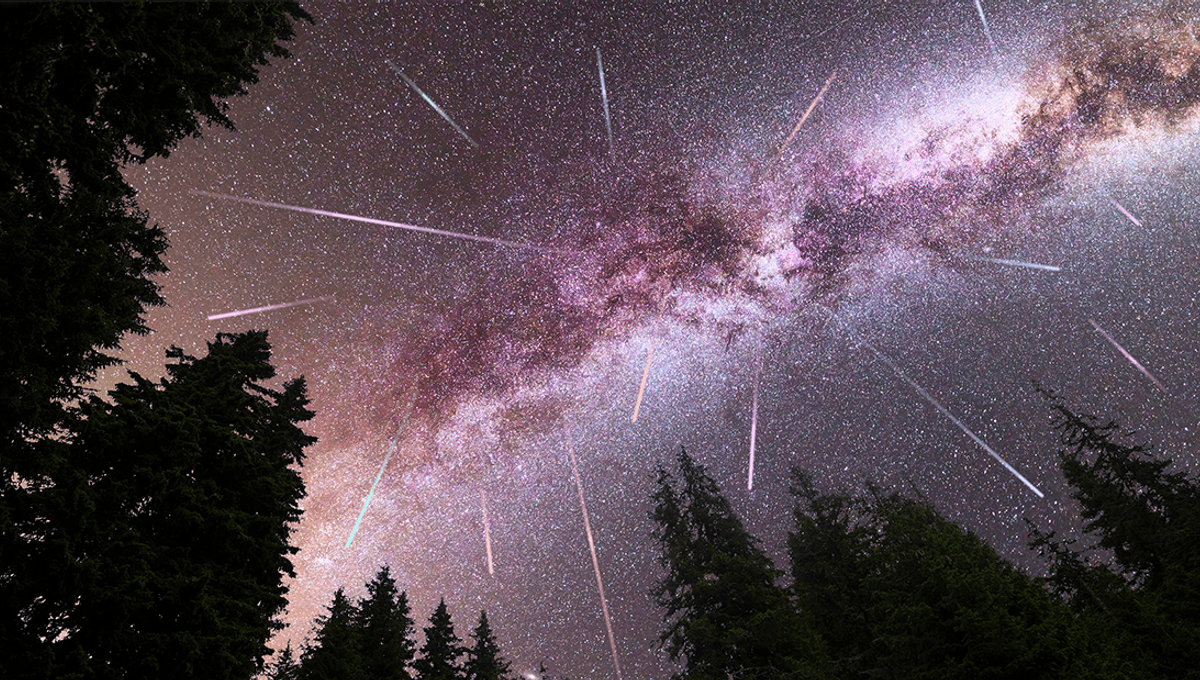
One of the best meteor showers of the year is about to commence, as comet 109P/Swift-Tuttle sends debris at Earth.
The Perseid meteor showers are the result of Comet 109P/Swift-Tuttle, a 26-kilometer (16-mile) wide comet that takes 133 years to orbit the Sun. This “parent” comet, around twice the size of the rock which dinosaured the dinosaurs, is what showers the Earth every year.
“The pieces of space debris that interact with our atmosphere to create the popular Perseids meteor shower originate from Swift-Tuttle. This annual meteor shower takes place each August, and peaks mid-month. It was Giovanni Schiaparelli who realized in 1865 that this comet was the source of the Perseids,” NASA explains.
“When comets come around the Sun, the dust they emit gradually spreads into a dusty trail around their orbits. Every year the Earth passes through these debris trails, which allows the bits to collide with our atmosphere where they disintegrate to create fiery and colorful streaks in the sky.”
According to NASA, the Perseids is considered the best meteor shower of the year, largely due to the long streaks of color they leave as they head through our atmosphere, as well as their sheer numbers. At their peak, around 50 to 100 meteors can be seen every hour.
As well as this, the Perseids are known for their fireballs.
“Fireballs are larger explosions of light and color that can persist longer than an average meteor streak,” NASA explains. “This is due to the fact that fireballs originate from larger particles of cometary material. Fireballs are also brighter, with apparent magnitudes greater than -3.”
It is best viewed in the northern hemisphere, and in pre-dawn hours, though it is possible to see them in the night after around 10 pm. If you are planning to view them, you should look towards the constellation of Perseus, after which the Perseids are named. This is the direction from which they originate, but they will spread out across the sky.
The best way to see them is to simply allow your eyes to adjust to the dark, then stare at the sky until you see the debris of a comet streak its way through our atmosphere. The meteor shower will last from July 17 to August 23, peaking on the 12-13 August.
Source Link: Look Out For "Fireballs": The Best Meteor Shower Of 2025 Is About To Commence, According To NASA